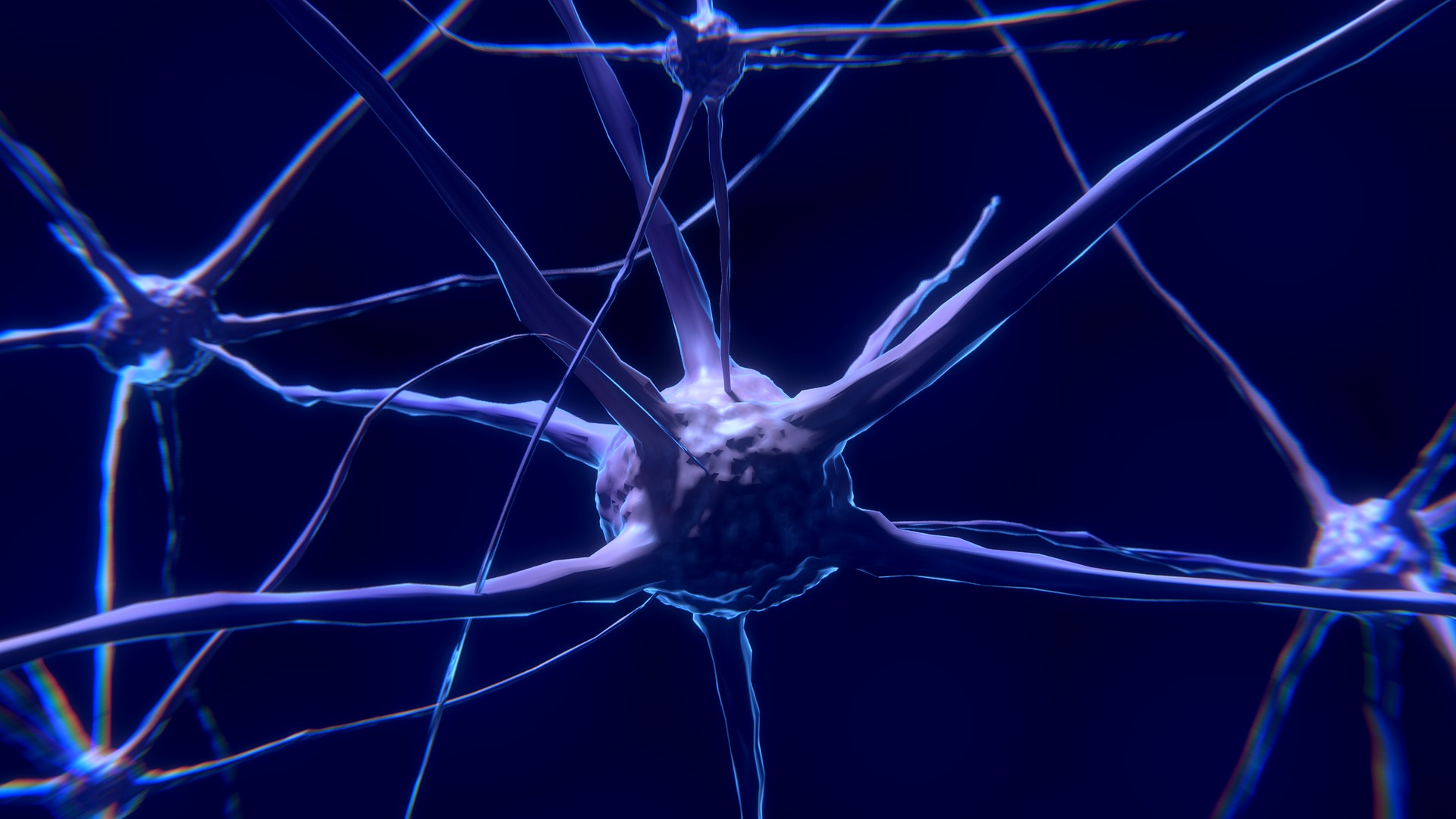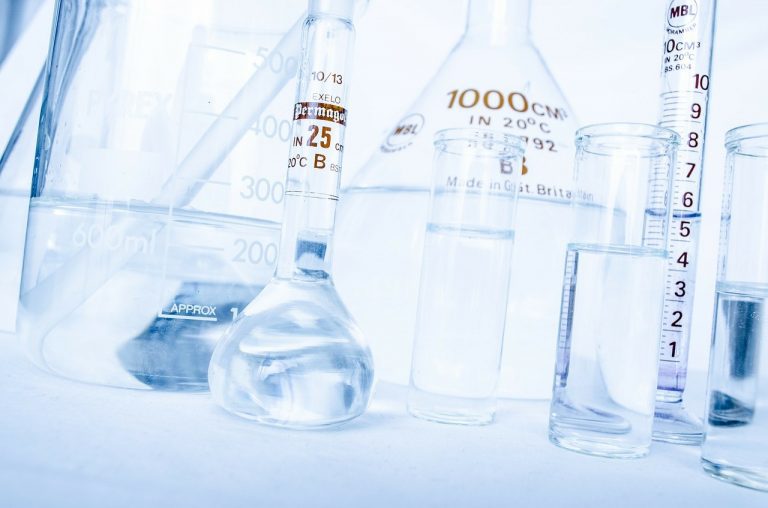UCT’s DETA cited in Stem Cell Research Study
The neuromuscular junction (NMJ) involves a complex structure whose function is to convey action potentials from the motoneuron (MN) to skeletal muscle, resulting in stimulated contraction of the muscle. Studies have shown that the functionality and maintenance of neuromuscular synapses are impaired in the early stages of motoneuron diseases. The need for high-content screening of in vitro NMJs for neuroscience research has long been recognized and previously addressed by systems involving chick, rodent or human cells. Studies have indicated that mouse iPSC (induced pluripotent stem cell)-MNs form functional NMJs.
In a recent paper authored by Navaneetha Santhanam et al, published in Biomaterials ((2018) 166 64-78), UCT’s specialty chemical 3-trimethoxysilyl propyl diethylenetriamine (DETA), an amine-terminated alkylsilane, was employed to promote cell adhesion. This study was designed to develop and evaluate a prototype of a drug-screening platform for NMJs at different modes of operation: presynaptic and/or postsynaptic.
The authors developed a model system in which human myotubes and MNs derived from stem cells were cultured in a serum-free medium. The system was composed of two chambers linked by microtunnels to enable axonal outgrowth to the muscle chamber. The muscle’s contractions, induced by MN activation or direct electrical stimulation, were monitored by image subtraction video recording for both frequency and amplitude. Bungarotoxin, BOTOX® and curare dose response curves were generated to demonstrate pharmacological relevance of the phenotypic screening device. This quantifiable functional hNMJ system established a platform for generating patient-specific NMJ models by including patient-derived iPSCs
For more information about DETA, please visit UCT’s Chemical Specialties website.







